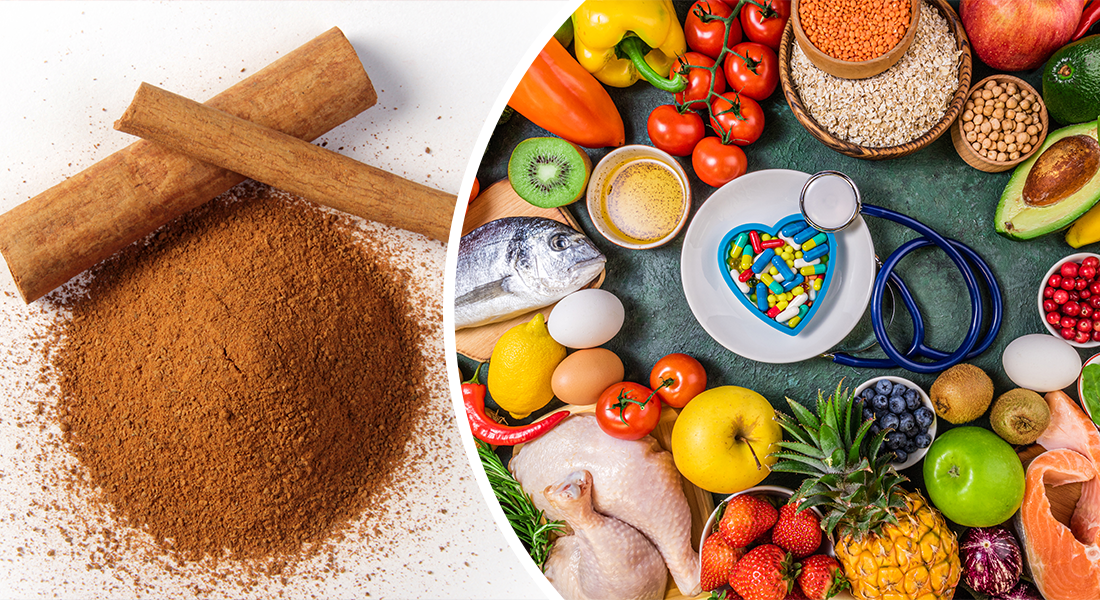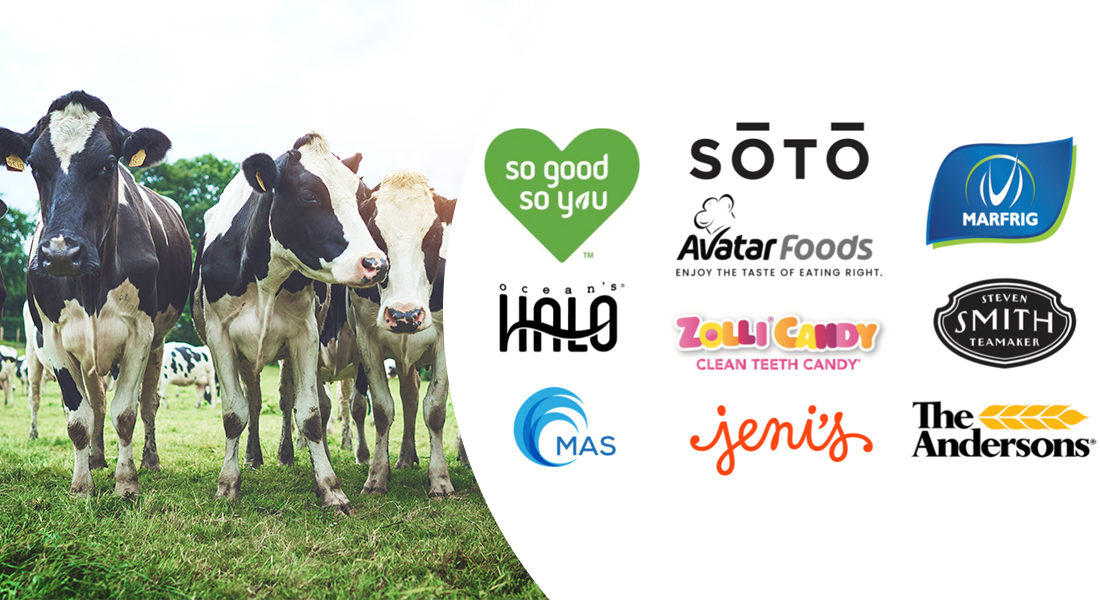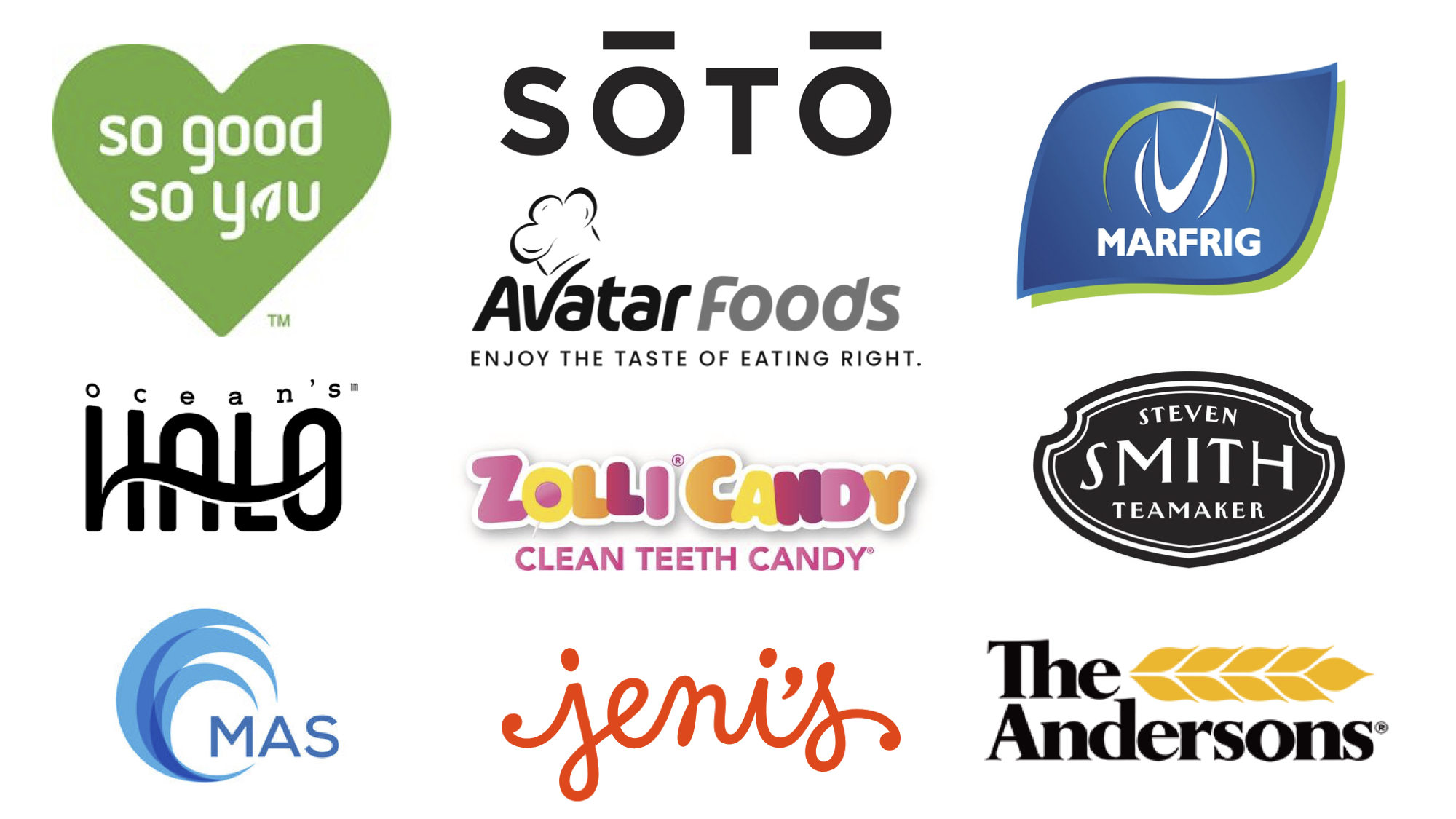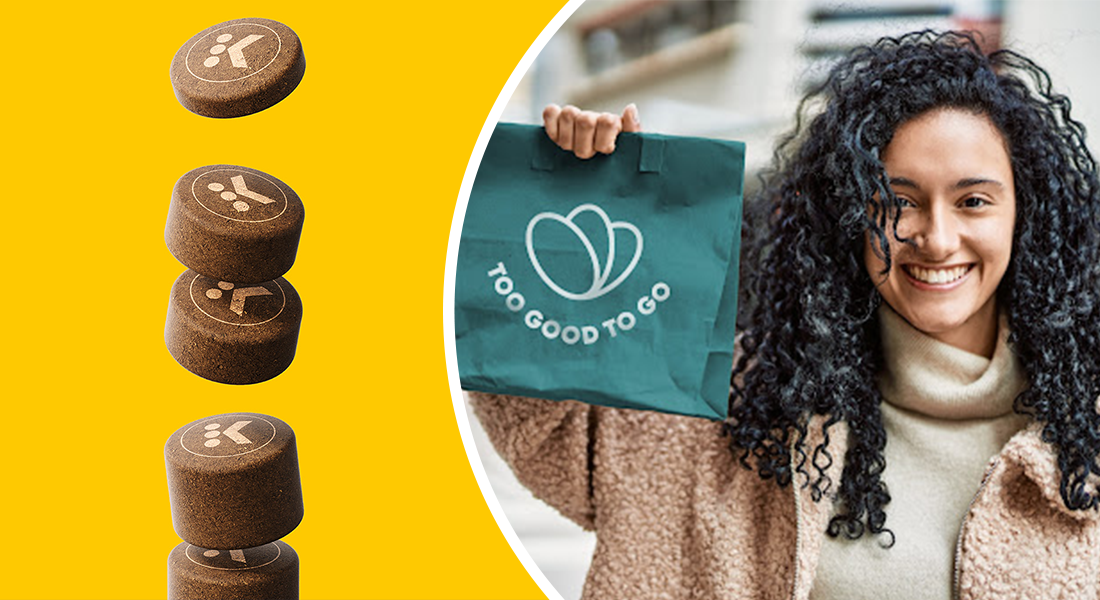The ongoing COVID-19 pandemic, which began in early 2020, has led to irreversible changes in consumer behavior, especially when it comes to their food and beverage purchasing habits. As stay-at-home orders and lockdowns were enforced in many cities and countries around the world, consumers formed new preferences, habits and expectations.
Many of those new habits, however, were formed out of necessity rather than choice. Supply chain bottlenecks led to stockpiling and bare shelves, which forced many consumers to turn to food and beverage options that differed from the norm. Since then, the industry has changed drastically from pre-pandemic times, with food systems and companies adapting to what was dubbed the “new normal.”
As we near the end of 2021, many of the lessons learned and habits formed will continue to shape the food and beverage industry in the coming year. Here are the top three food and beverage trends to look out for in 2022. Xtalks spoke to a variety of food and beverage experts to hear their insights, expectations and predictions for next year.
1. The “Third Wave” of the Plant-Based Industry
2021 has been an unprecedented year for the plant-based food and beverage industry, with US sales expected to reach $7 billion by the end of the year, representing a 27 percent increase from 2019. Moreover, plant-based foods grew almost 2.5 times faster than total food sales from 2018 to 2020, according to the Good Food Institute.
So, what does 2022 have in store for plant-based foods? Nil Zacharias, CEO of Plantega and author of Eat for the Planet, says we are entering the “third wave” of the plant-based food and beverage industry.

The first wave saw the slow and steady broadening of plant-based diets in the late 1990s and early 2000s, with frozen veggie burgers and soy milk as some of the few offerings specifically catered to plant-based eaters. The second wave, which took place between 2010 and 2020, saw the rapid rise of companies using technology meant to mimic the taste and texture of animal-based meat, dairy and eggs. The third wave, Zacharias posits, will see the industry get back to the basics.
“As we’ve seen more and more companies enter the space and consumers are becoming more aware of health and nutrition, they are now expecting plant-based alternatives with cleaner nutrition labels,” Zacharias said. “I think the third wave of plant-based is going to be, not just about replicating meat, eggs and cheese, but doing it in a way that uses minimal ingredients, minimal processing and doesn’t sacrifice on taste and texture.”
There are a slew of companies already fulfilling these requirements, including plant-based chicken nugget brand Nowadays. Its nuggets feature minimal ingredients and closely resemble the flavor and texture of real chicken nuggets. But at nearly $40 per two-pound box, the price point is inaccessible for many consumers. So, will the price of plant-based products come down in the next year?
Zacharias pointed out several barriers keeping plant-based prices higher than their animal-based counterparts. Firstly, the meat and dairy industries are heavily subsidized in the US by government dollars (approximately $38 billion each year), keeping the prices artificially low. Secondly, most of the new companies working in the plant-based space are startups that are not at a scale in which they can command pricing.
“Part of the pricing improvements in the plant-based sector will depend on how quickly the industry scales,” Zacharias says. “We’ve seen that in the case of Beyond Meat and Impossible Foods — as they scale up and start to become bigger, they can eventually bring down the prices of their products. I think we’ll see more of that happening within the next three to five years.”
As for cell-based and lab-grown meat, eggs and dairy — while it’s still in its infancy compared to the plant-based sector — it has significant potential for growth in the coming years, especially given the toll the meat and dairy industries have on the environment. “The problem is so huge,” Zacharias says, “that we have to find more sustainable sources of protein and multiple approaches to tackle it… I think it’s inevitable, but the question is when?”
He also predicts that we will start seeing blends — cell-based fats hybridized with plant-based proteins to create a new category altogether. But in order to curb consumer skepticism, brands must be able to create compelling stories via branding and alleviate concerns around safety other health risks.
2. Sustainability is Key
In the last five to ten years, there has been a growing movement on the part of consumers to shop more sustainably when it comes to personal and planetary health. Since food production and subsequent waste account for a large percentage of greenhouse gas emissions, sustainability in the food and beverage industry is becoming more of a necessity rather than an option.
Lara Ramdin, Chief Innovation Officer at Dole, says a sustainable food system can only be achievable when we begin tackling food waste. And while food and beverage producers continue to find ways to divert food waste or manage excess inventory, a large part of food waste reduction falls on consumers. That’s why Dole created an ad campaign to raise awareness of the impact of food waste on malnutrition and food insecurity. Based on nutrition labels, Dole covered New York City’s trash bins with “Malnutrition Labels” to educate consumers on food waste and help fight hunger.

“As a food manufacturer, we have to take responsibility to educate consumers to make better use of the food they buy,” Ramdin says. “And at the same time, we need to harness our own resources differently.”
Dole, as well as a slew of other food and beverage brands, has partnered with the Upcycled Food Association to sell and purchase foods that would otherwise go to waste. Ramdin predicts that to achieve a sustainable food system, more brands are going to partner with such organizations and upcycled products will be more accessible and widely available to consumers.
“The reduction of our collective fossil fuel-based plastic footprint is going to continue to be front and center of everybody’s agenda,” Ramdin says. “You will see an uptick in people looking for alternative ways to use not just food waste, but waste in general. Overall, it’s about circularity.”
Eating sustainably will also take on other forms. Carla King, senior marketing manager at Mary’s Gone Crackers, Inc., believes that the pandemic shifted many consumers’ opinions on healthy eating.
“In the beginning of the lockdown, many consumers sought comfort foods but quickly realized that wasn’t sustainable on a long-term basis,” King says. “Consumers became more conscientious of what they put in their bodies. Healthy and better-for-you food is key to total wellness. That trend is here to stay, set to become a way of life.”
Most better-for-you brands are startups that aim to augment the nutritional profile of typically unhealthy foods. Some startups in this space have brought us healthier macaroni-and-cheese, functional chocolate milk and low-carb bagels. If 2021 was any indication, better-for-you brands will continue popping up in abundance in the coming year.
3. Adjusting to Supply Chain Issues and Inflation
The initial supply chain issues during the early days of the pandemic may be behind us, but the food and beverage industry is not yet in the clear. Understanding the nuances of the supply chain is more critical than ever to rebalance supply with demand as we head into another unpredictable year. And while 2022 will likely offer more improvements for food supply chains, it is not expected to return to pre-pandemic “normal.”
Zacharias says the industry will continue to face transportation and labor shortages in 2022. Finding enough drivers and trucks to move consumer goods was a small but growing problem before the pandemic, but it has been exacerbated by the sudden growth in e-commerce. Given the significant amount of turnover, food and beverage brands need to be prepared for ongoing delays and disruptions.

“It’s really hard to pinpoint where the exact problem is,” Zacharias says. “Everyone in this complex food system that depends on multiple entities to work together usually tends to point the finger at the other, but generally we are all in agreement that there is a problem.”
Overcoming those problems, however, can become a competitive advantage in 2022. Companies that struggled over the past few years will not be given a second chance as supply chain partners and consumers switch to brands that can consistently deliver. Brands that can master supply chain accuracy, flexibility and speed to get food in stores and in consumers’ homes will have a leg up on the competition.
Despite ongoing supply chain challenges, Ramdin believes the industry should still be held accountable for upholding sustainable practices. “We still need to put products in people’s hands and in parallel, we still have to work on our sustainability agenda… that’s a non-negotiable for [Dole’s] leadership team.” She added that achieving that balance is not easy, but having the right partners with the same goals is critical.
As for inflation, global food prices are at their highest point since July 2011, according to the United Nations’ Food Price Index. And while the US government has maintained that prices will fall once supply bottlenecks start easing, food industry experts predict this might take a while. King says she doesn’t foresee inflation easing until mid-2022, urging producers to narrow their selection of offerings and consumers to make more proactive choices about where to spend their money.
“I think if this past year and most recent Thanksgiving holiday are any indications, the industry is likely to see peaks and valleys until the pandemic is classified as endemic,” King says. “With each COVID wave, we see consumers scale back and with each easing [of COVID waves], consumers have reason to celebrate.”












Join or login to leave a comment
JOIN LOGIN